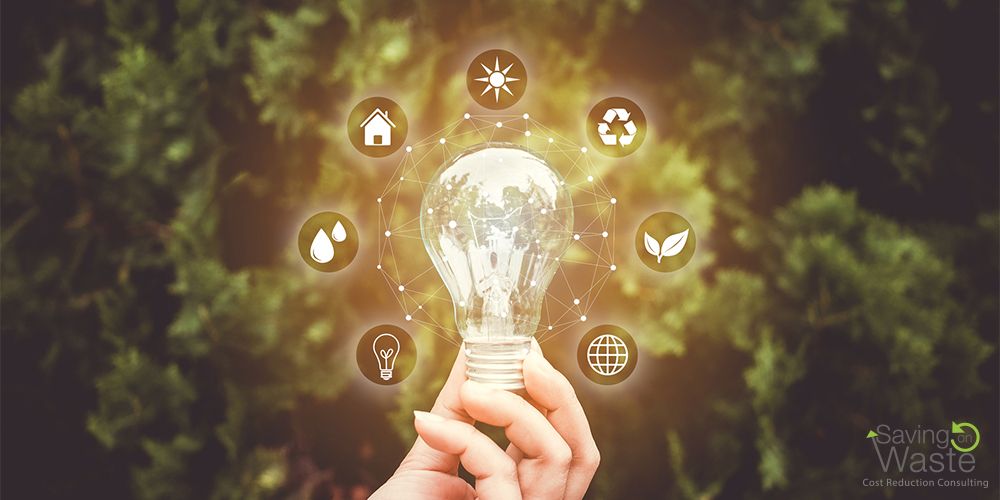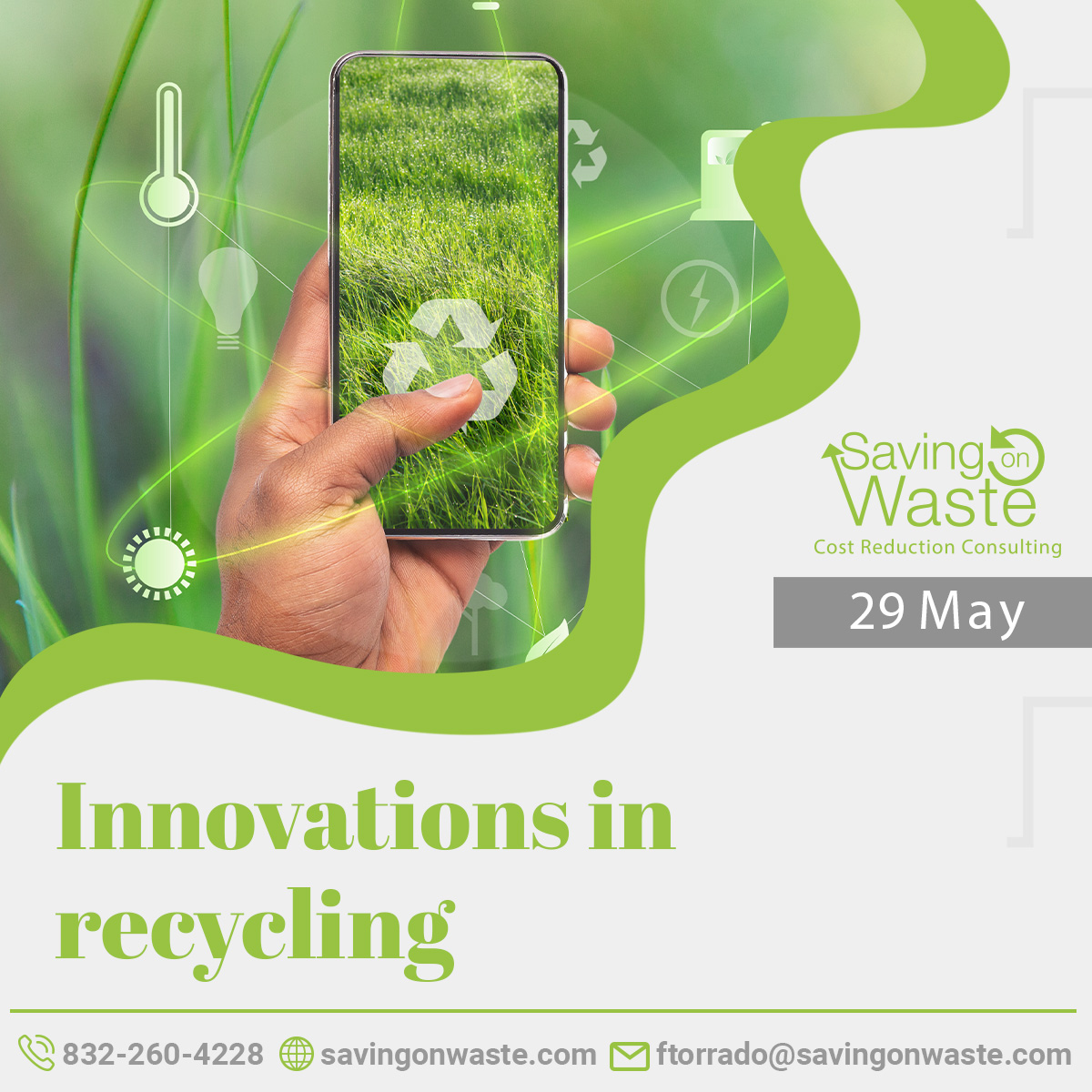
Innovations in recycling
Trash Pickup Services in Houston
Scientists are looking for new ways to recycle plastic in an endless loop, so it never becomes waste. Now, revolutionary technology is advancing the movement. PLASTIC WASTE IS one of the most urgent environmental issues of our time.
Less than 10 percent of the plastic we use is recycled, and there’s currently an estimated 100 million tons of plastic in oceans around the world. But what would happen if we stopped thinking of plastic as waste, and instead as a valuable renewable resource?
Scientists around the world want to find out. The plastic “end-of-life challenge” calls for new ways to recycle and reuse plastics endlessly in a closed loop system, so they never become waste. Innovation on that scale would convert the current “make-take-dispose” linear economy into a circular economy, where recycling plastic for eternity is possible.
One scientist has made a significant advancement. John Layman, head of material science at Procter & Gamble and chief technologist and founding inventor of PureCycle Technologies, developed a revolutionary process to remove color, odor, and contaminants from polypropylene plastic waste and transform it into a “virgin-like” resin, which is the basis for plastic products. PureCycle’s technology presents a major development in recycling capabilities, and focusing on polypropylene is especially notable. It’s the second-most used plastic in the world, yet only 1 percent is currently recycled.
Layman’s colleague and former classmate Scott Trenor, a senior polymer scientist at Milliken & Company, contributed a key set of plastic additives to increase the viability of PureCycle materials. Additives are chemical substances that modify the properties of plastics so they can be used in different types of products. For example, a car bumper would need to be more durable and impact-resistant, while a yogurt cup would need to be more flexible. Now Milliken and PureCycle are working together to scale and advance the technology, with plans to start commercial-scale production at PureCycle’s first plant, in Ohio, in 2021.
Trenor says the collaboration is a natural fit, partly because “both companies have a very strong environmental purpose.” Milliken’s first recycling policy dates back to 1901, and the company just launched ambitious sustainability goals that include creating circular economies and zero waste to landfill by 2025. PureCycle’s technology supports P&G’s vision of using 100 percent recyclable or renewable materials in its packaging.
Trenor’s motivation is closer to home. He often takes his 4-year-old son to ride mountain bikes near his home in South Carolina, and he’s been disheartened to see an increase in plastic litter in natural spaces. “It’s not the way I want to leave things for the future generation,” he says.
Layman agrees. While studying plastics in graduate school, he was amazed at the volume of material being produced, and horrified by how much was ending up in the environment. “Since the day you were born, there’s a pile of trash with your name on it,” he says. “The first diaper you wore as a newborn is likely still on this planet somewhere.”
He got interested in recycling in 2008, when he was tasked with buying plastic waste from recyclers and surveying its usefulness for P&G’s products and packaging. “You quickly realize there’s a lot of issues when it comes to the quality of recycled material,” he says. Currently, only two kinds of plastic, PET and HDPE, are economically viable for recyclers, and even those are hard to upcycle into high-quality products.
Layman focused on polypropylene because it’s one of the three largest plastic resins used in the world. Its super powers include flexibility and impact resistance. It’s found in most caps on most bottles. It’s in luggage and carpets, computers and phones. In the grocery store, it’s everywhere—yet it’s hardly the favorite of recyclers looking to make a profit. It holds onto pungent smells and contaminants, and it can only be made into black or gray products. For those reasons, the little that’s recycled is usually made into park benches or car bumpers—important but limited applications.
To recycle polypropylene into higher-value products, Layman knew he would first have to purify the plastic waste, and in an energy-efficient way. He worked on the discovery phase with financial backing from an internal seed fund program at P&G. The resulting PureCycle technology relies on a physical solvent-based process that uses less energy than a chemical process because it doesn’t have to break down and build up the molecule. “It’s the combination of the solvent choice, plus specific process steps, that enable us to purify this material in a way that nobody’s been able to do before,” he says.
Once the material has been purified, the question is what to do with it. Trenor explains that when scientists create plastic products from scratch, “they have a lot of knobs they can turn to select the exact set of properties they need for a certain application.” Working with recycled material is more challenging.
That’s where Milliken’s additives come in—they can modify PureCycle’s polypropylene resin for use in a diverse set of applications. For the first time, recycled polypropylene doesn’t have to become a car bumper. Purified and modified, the resin can be molded into different products with different properties in a closed loop.
The first PureCycle plant is expected to purify and recycle 119 million pounds of polypropylene and produce 105 million pounds each year. Those numbers sound huge, but Layman puts it in perspective by pointing out that 120 billion pounds of polypropylene were produced globally in 2018 alone. “You can see we have a long way to go,” he says.
He compares PureCycle with wind and solar energy technology before they scaled up. “We have an ambition to build 25 plants around the world, each one bigger than the last,” he says. “This is plant number one.” Eventually, he hopes to PureCycle at least 10 to 20 percent of all polypropylene plastic.
“For all of these technologies, it's really more of a marathon than a sprint,” says Trenor. He also notes that the plastic end-of-life challenge doesn’t concern technology alone. For PureCycle or any other initiative to succeed, consumers need to change their behavior and recycle more, and recyclers need the ability and financial incentive to process more than PET and HDPE.
Source: NationalGeographic
Saving on Waste is a cost reduction consultant company. Our main office is in Houston, TX but we can work in all of The United States. We would work for you, the client, and always have in mind your needs and try to maximize savings.

Trash Pickup Services in Houston
Waste Hauler in Houston TX, Waste Collections in Houston TX, Waste Consultant, Trash Services, Trash Collection, Trash Pickup Services, Trash Reduction, Dumpster Collection ServicesSaving on Waste

